When people speak about how to make Yoruba stew, they rather speak about how to add palm oil to it in order to achieve the authentic taste of this traditional Nigerian dish. While any other of Nigerian stews can be cooked with a random vegetable oil, this one requires palm oil and nothing else. Below, you will find a traditional recipe of Buka stew as it should be.

Image source: shutterstock.com
A classic Buka stew recipe with palm oil
Many people like this stew but also many people have no idea how to cook it well. Buka stew is different from all others because it requires somewhat more time for the cooking and palm oil. You will not need many tomatoes to cook this stew but you will need a lot of bell peppers, red and green. Finally, you will not need a lot of seasoning. This stew tastes best when it’s made with only salt and seasoning cubes.

Image source: pinterest.com
READ ALSO: Top Nigerian soups & stews recipes
The products needed for the stew:
- 4 big tatashe peppers (red bell peppers)
- 2 big green tatashe peppers
- ½ can of plum tomatoes OR 3 regular tomatoes of a medium size
- 2-3 ata rodo (Scotch bonnet)
- 2 big onions (1 needs to remain whole, the other 1 needs to be chopped)
- Any meats that you prefer (turkey, shaki, beef, lamb, anything)
- Palm oil (you will also need some other vegetable oil but palm oil is a must in this recipe)
- 3 seasoning cubes
- Salt to taste
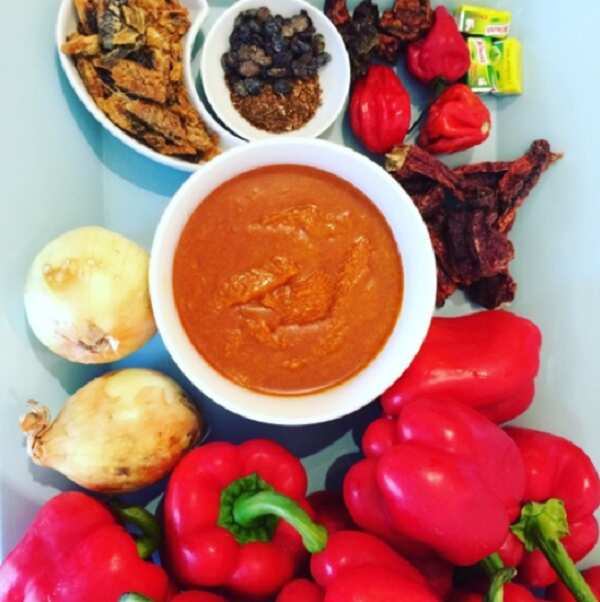
Image source: sisijemimah.com
The cooking process:
- Start with the meat you have chosen. You need to wash and boil the meat till tenderness in a slow way. Since it’s required that you take an assortment of different meats, you need to take care that all the meats are cooked evenly. Start with the toughest and let the boil for a while before adding those which cook faster
- When the meat is ready, take it out from the stock and set aside. Don’t pour away the stock because it will be required later
- Take the peppers and roast them in the oven. Preheat it to 200 degrees, place your peppers into a roasting tray, place into the oven and keep there for 30 to 40 minutes. The roasting will give the stew a pleasant smoky flavor. If you wish, remove the peel after the roasting; it’s supposed to go off quite easily
- Put the peppers, Scotch bonnets, tomatoes and 1 onion into a blender and create a smooth paste. When ready, set the paste aside
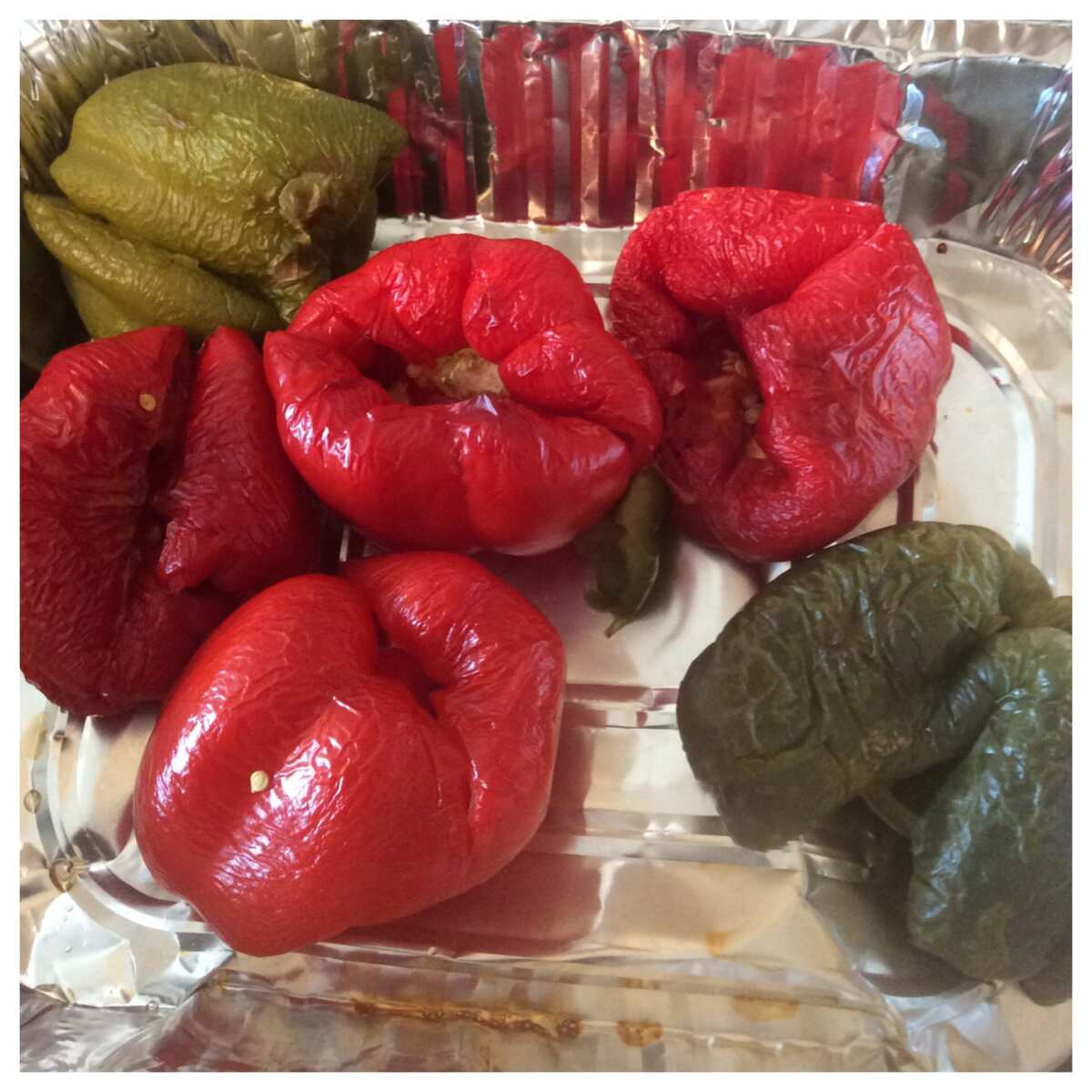
Image source: sisijemimah.com
- Take a cooking pot and pour some palm oil and another oil of your choice into it. there’s no precise quantity to measure because the amount of oil depends directly on the quantity of meat you have taken for the stew
- Put the meat into the pot and roast in the boiling oil so that it’s evenly golden-brow on all sides. This done, take the meat out and set it aside while the used oil should remain in the pot. Now, you need to pour out the oil into a cup. This is exactly as much as you will need further. All the leftovers are out of use this time
- Take the chopped onion and put it into the oil (having returned it into the cooking pot). Fry the onion until it gets translucent and starts to give off a strong fragrance. This is the time to add the blended pepper paste and 3 Knorr cubes
- Now, keep on frying the stew for as long as it will take until the oil starts to appear on the surface of the mass
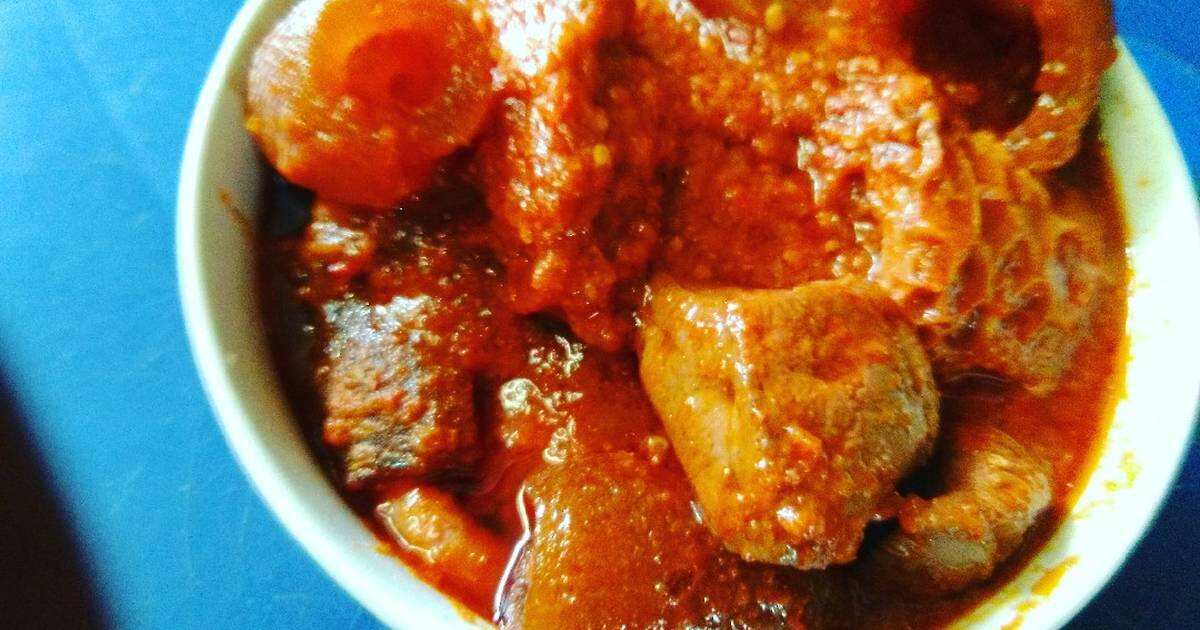
Image source: pinterest.com
READ ALSO: How to make tomato stew in Nigeria
- Add 2 cups of the stock that has remained after the meat. Two cups are needed to avoid the usage of water. If you use water, the taste of the stew will get much thinner. Only in case you don’t have the stock, add ONE cup of water. If you have stock but not enough, add a little water to get at least one cup of liquid
- The mixture with the stock needs to boil for 5 minutes. When the time runs out, add the meat and allow the stew boil for 10 to 15 minutes more. You will see when the stew is done when the oil starts to get on the top of the stew and collect there
This is a classic recipe and one of the most authentic ways to cook Yoruba fried pepper stew. However, it’s not the only one and below you will find another attempt that tastes no way worse.
Another recipe of Yoruba stew with palm oil
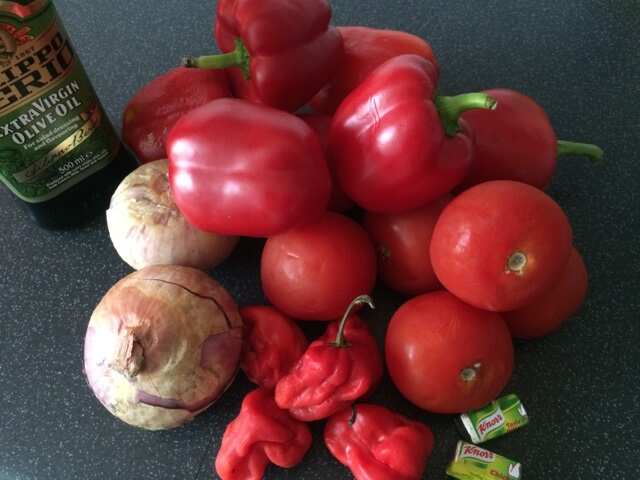
Image source: allnigerianrecipes.com
The products needed:
- 10 tatashe peppers
- 3 cooking spoons of any vegetable oil of your choice
- 3 cooking spoons of red palm oil
- 2 onions of medium size
- Habanero pepper (as a seasoning to taste)
- 500g of shaki
- 3 pieces of dried fish
- 1 disc of locust beans
- 1 handful of crayfish
- 1 tablespoon of powdered curry (Nigerian, not Indian)
- Salt to taste
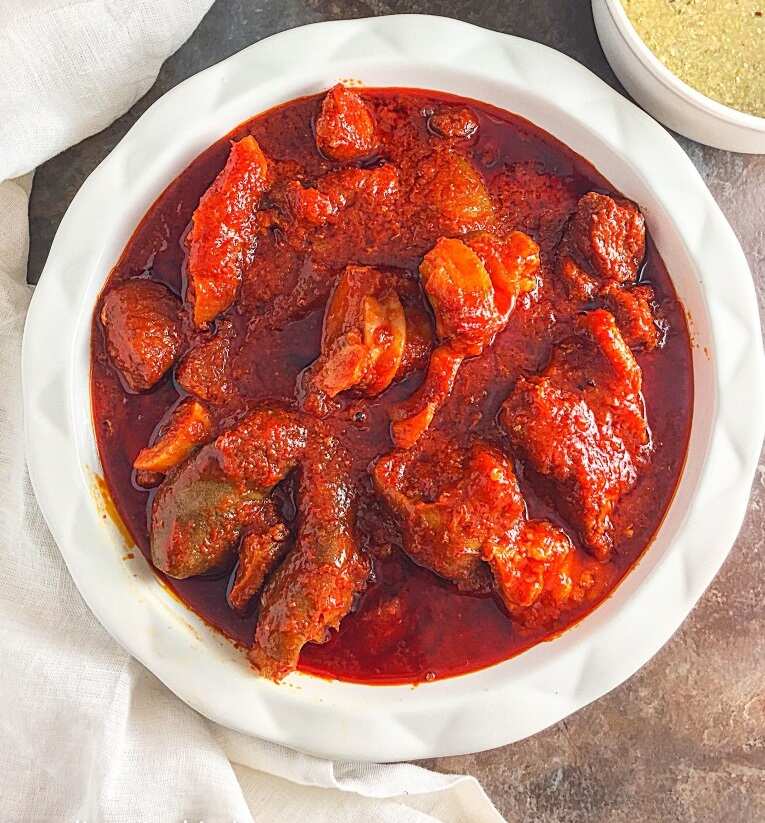
Image source: instagram.com
Tatashe peppers are spicy. If you’d prefer something milder, try using Tribelli peppers instead. If you want more meat, add some beef to the shaki and fish. The locust beans are the traditional seasoning. In case you would like something more modern, add a couple of seasoning cubes. Sometimes, people use only palm oil for such a stew but it would require bleaching. Since bleaching of palm oil is not recommended, use a mixture of palm oil an any other vegetable oil.
Cooking directions:
- Soak the fish in water and remove bones. Clean the shaki and cut into small pieces
- Grind the locust beans and crayfish with the help of a special mill
- Remove the seeds from the tatashi peppers if you use them because they are the bitterest and the hottest part of the peppers. When done, blend the peppers to smoothness (the Habanero ones and the tatashi ones)
- Boil the shaki pieces with 1 chopped onion. In a separate bowl, steam the boiled peppers until they get thicker due to evaporation of moisture
- Take a separate pot and heat up the oils. Put 1 sliced onion there and fry for a while. Then, add the blended and evaporated peppers and stir while frying. There should be no water in the stew
- Add the crayfish and locust beans, curry and salt, then put in the shaki pieces and dry fish, and keep on cooking to readiness
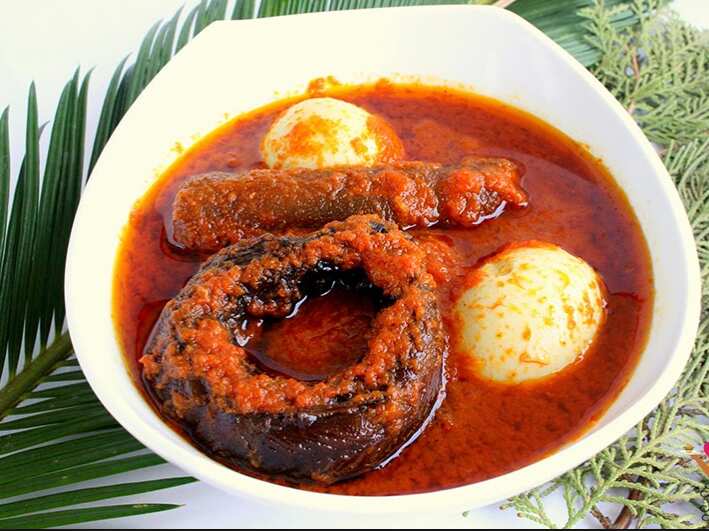
Image source: instagram.com
While cooking, stir the mixture all the time to prevent burning and to let all extra moisture evaporate faster. Besides that, you will see the readiness of the stew when the oil starts to come up to the surface.
These are the most authentic ways to cook palm oil based Buka stew. As you can guess, these recipes are not the only ones and if you apply enough imagination, even you can invent a new way to make the stew even more delicious than it already is.
Take advantage of these recipes and share them with everybody who may also enjoy eating traditional!
READ ALSO: How to make ofada stew?
Source: Legit.ng
